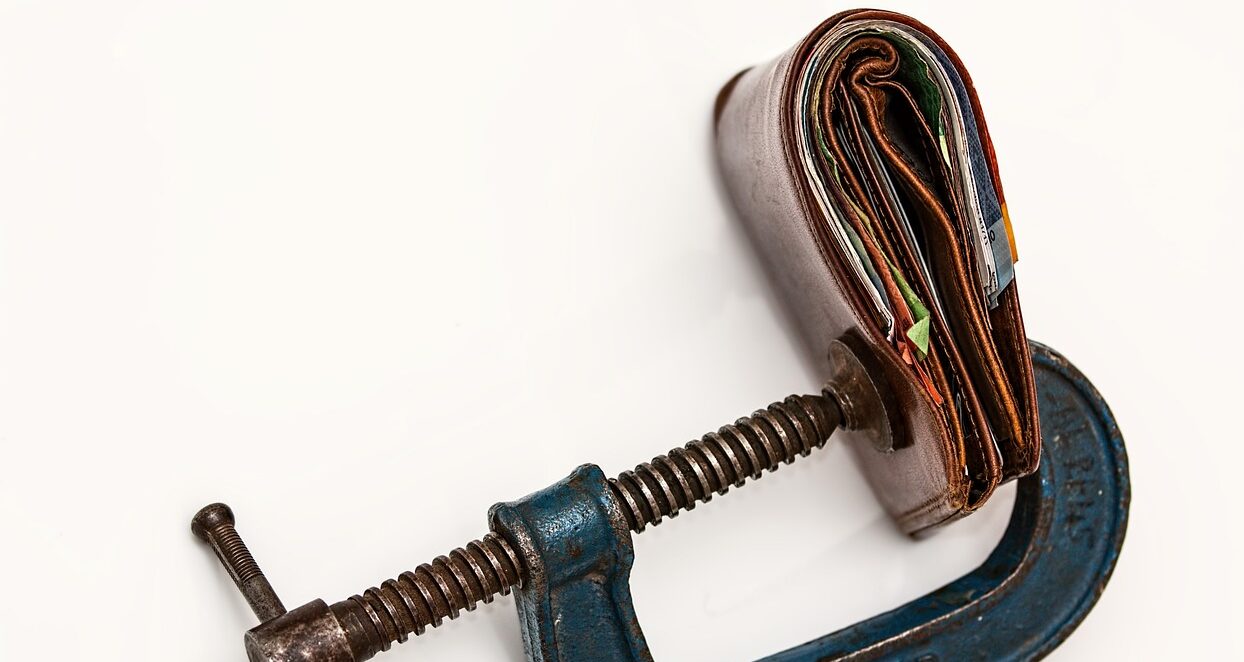[ad_1]
As Congress finalizes its work on the fiscal year 2023 federal budget, it is from the perspective of increasing federal debt and continuing budget deficits, where in fiscal year 2022 the federal government spent $6.27 trillion while collecting only $4.9 trillion in revenues.
This added in fiscal 2022 nearly $1.4 trillion to the national debt, now nearly $31.4 trillion and $8.7 trillion, or 38% more since the end of 2019.
While some of this deficit spending was necessary to offset the COVID-19 economic shutdown, it left a struggling inflationary economy with consumers struggling to cope with a dollar’s inflationary diluted spending value now at 93 cents. As 2023 approaches, recent data illustrates the level of that struggle.
Vanguard, in a survey of over 2,000 investors, found that in 2022, as the economy grew and inflation gained a stubborn foothold in the economy, more of their investors were tapping into their employer retirement savings for cash in the form of loans, and both non-hardship and hardship withdrawals. This indication of a deterioration of the financial health of American consumers was in stark contrast to 2020 and 2021 where personal savings surged as domestic household budgets accumulated cash from federal economic assistance programs such as the stimulus payments, paycheck protection plan grants, and child credits and rent assistance.
In as the shuttered domestic economy primarily left fewer opportunities to spend that assistance, household balance sheets grew. However, household budgets and personal savings in 2022 illustrated a different picture.
The Federal Reserve Bank of St. Louis reported that as of Sept. 30, personal savings reached $626 billion, sinking from $1.98 trillion from June 30, 2021, and $4.8 trillion from June 30, 2020, boosted by COVID related cash stimulus payments. This is compared to the $1.41 trillion in pre-pandemic personal savings. Furthermore, the personal savings rate, the percent of personal savings as percent of disposable income, fell in October 2022 to 2.3%, the lowest savings rate in 17 years and the second lowest personal savings rate since 1959.
Adjusted for inflation savings are 61% lower than in the pre-pandemic economy. These are clear indications that consumers are struggling with the high prices caused by inflation and the rising interest rates. However, that hasn’t stopped consumer spending, especially during this holiday season.
This increase in consumer demand has caused credit card use to dramatically increase, as 288 million new credit card accounts were opened in 2022 resulting in a 15% increase in credit card balances of $930 billion from 2021, the largest annual increase in 20 years. When credit card debt, of which 60% is at least a year old increasing from 50% last year, is added to other household debt such as home mortgages and car loans, household debt increased by $351 billion in the September 30, 2022, quarter, the fastest pace in 15 years.
Including the $1 trillion increase in outstanding mortgages, now totaling $11.7 trillion, the total household debt now stands at $16.5 trillion, increasing by $1.27 trillion from the same period last year.
What is evident is that the unsteady growth in gross domestic product, which was negative for the first two quarters of 2022 and positive for the quarter ended Sept. 30, 2022, has been fueled by government and consumer debt. Not a good omen as the economy heads for 2023.
Martin Cantor is director of the Long Island Center for Socio-Economic Policy and a former Suffolk County economic development commissioner. He can be reached at [email protected].
[ad_2]
Image and article originally from libn.com. Read the original article here.

